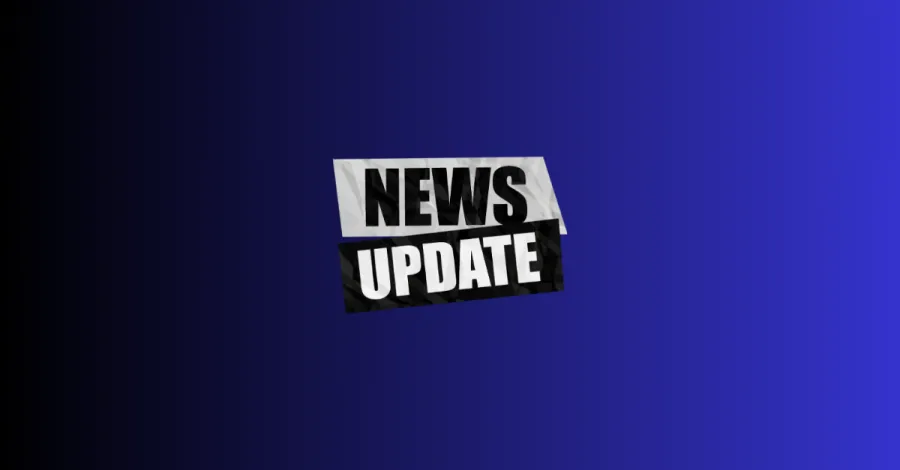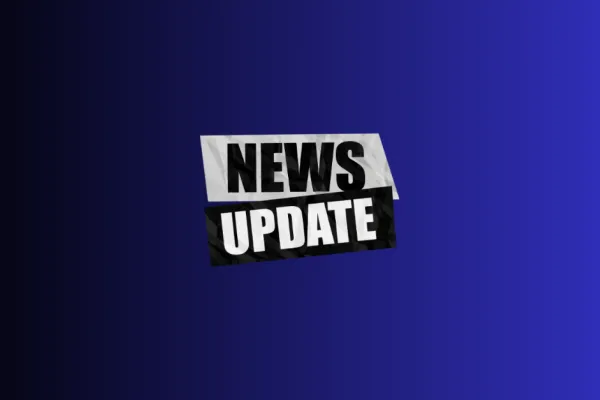Nearly 16 million kids and 400,000 teachers lack adequate Internet or computing devices at home, new report finds

A new state-by-state report on the digital divide for America's K-12 students by Common Sense and Boston Consulting finds that the digital divide is much larger than the FCC estimates. According to the report, nearly 16 million K-12 students and 10 percent of school teachers (about 400,000) lack adequate Internet or computing devices at home.
The report supports claims by CWA and public interest organizations that the FCC’s data understates the rate of access to high-speed broadband Internet. According to the FCC, 18.3 million people in the US still lacked access to fixed broadband speeds of 25/3 Mbps in 2018. By the FCC’s measurement method, if one subscriber in an area has broadband service, the entire area is considered covered. For example, FCC data showed 100 percent broadband access in Ferry County, WA. However, Microsoft estimates that same county’s coverage at 2 percent. A study by BroadbandNow puts the number of Americans without broadband access at 42.8 million, more than twice the FCC’s estimates.
Links:
K–12 student digital divide much larger than previously estimated and affects teachers, too, new analysis shows (Common Sense, June 29, 2020)
Broadband Brigade members turn out to protect good, union jobs and reliable broadband service
CWA condemns Trump NTIA changes to BEAD funding policies

